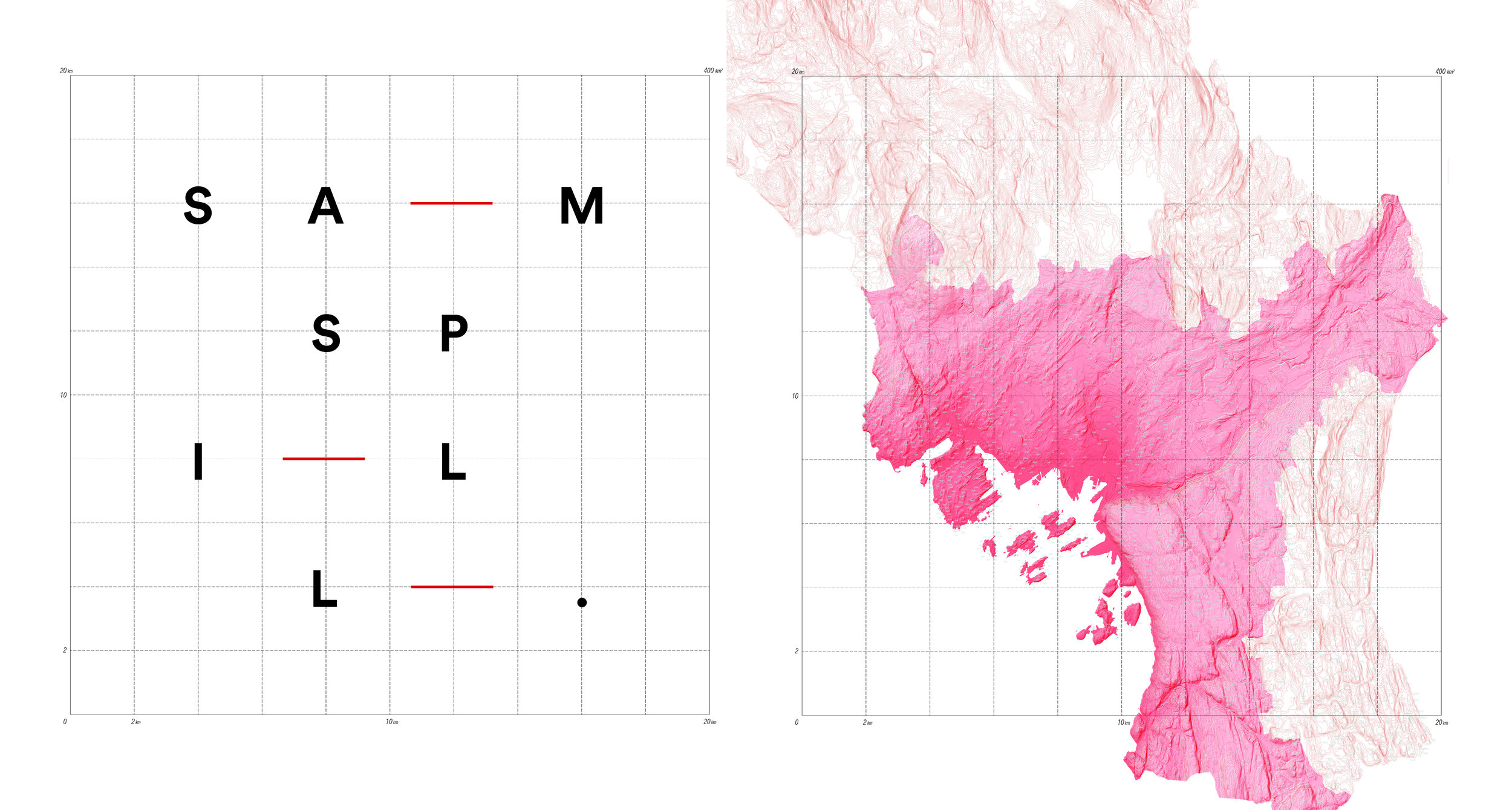Poster Series: INTERPLAY
Geographical Survey
SAMSPILL/INTERPLAY: Commissioned by the City of Oslo - In collabroration with De Gayardon Bureau (It)The exhibition INTERPLAY (Samspill) is a series of maps showing the ecological interaction between the different layers of a city: landscape, nature, climate and people. The maps were commissioned by BYKuben, with the intention of highlighting different themes within the boundaries of Oslo municipality. The posters are printed on sustainable paper made from bamboo.
The series of maps is divided into 4 themes: water, topography, production and trees. The extent to which the themes harmonize makes a big difference for how well we thrive, for how well we live and move, and how healthy we are. The maps are thus meant to remind us of how complex the city is, and that nature of not only is happening in the forest ( marka ), but is a natural part of the city's many co existing elements.
MAPPING Topography/Hydrology/Production/Dendrology
Topography because Oslo's surrounding landscape is truly unique and created through millions of years of ice age, flood and drought. It is the basis for the way we build, settle, travel and pursue leisure activities. Because of the landscape, the municipality is divided into construction zones, districts and neighborhoods. This has an impact on how we settle, how we travel, and which areas we feel we belong to. Water because Oslo is a blue city, with a trade and production history closely linked to the fjord and rivers. Water is vital in the city, also for play and recreation for both humans and animals. Just as water gives a lot of pleasure, it can and does cause great harm to people and the built environment if it is not properly considered in urban development Production because without access to goods, Oslo will not susatain as a vibrant capital. Production means jobs, it attracts tourists and visitors, provides vibrant urban spaces and everything else that comes with being a capital. A productive city with sustainable consumption is a trigger for a healthy economy and a high level of well-being. Trees because Oslo's trees are an important characteristic of the cityscape. There are approx. 1 million trees in the within Oslo city borders, and well over half of these are defined as large trees, and some even have their own names. Trees have shown to have positive effects on health and mood, are dust and water collectors, and are resting places and homes for the city's animals and insects.




